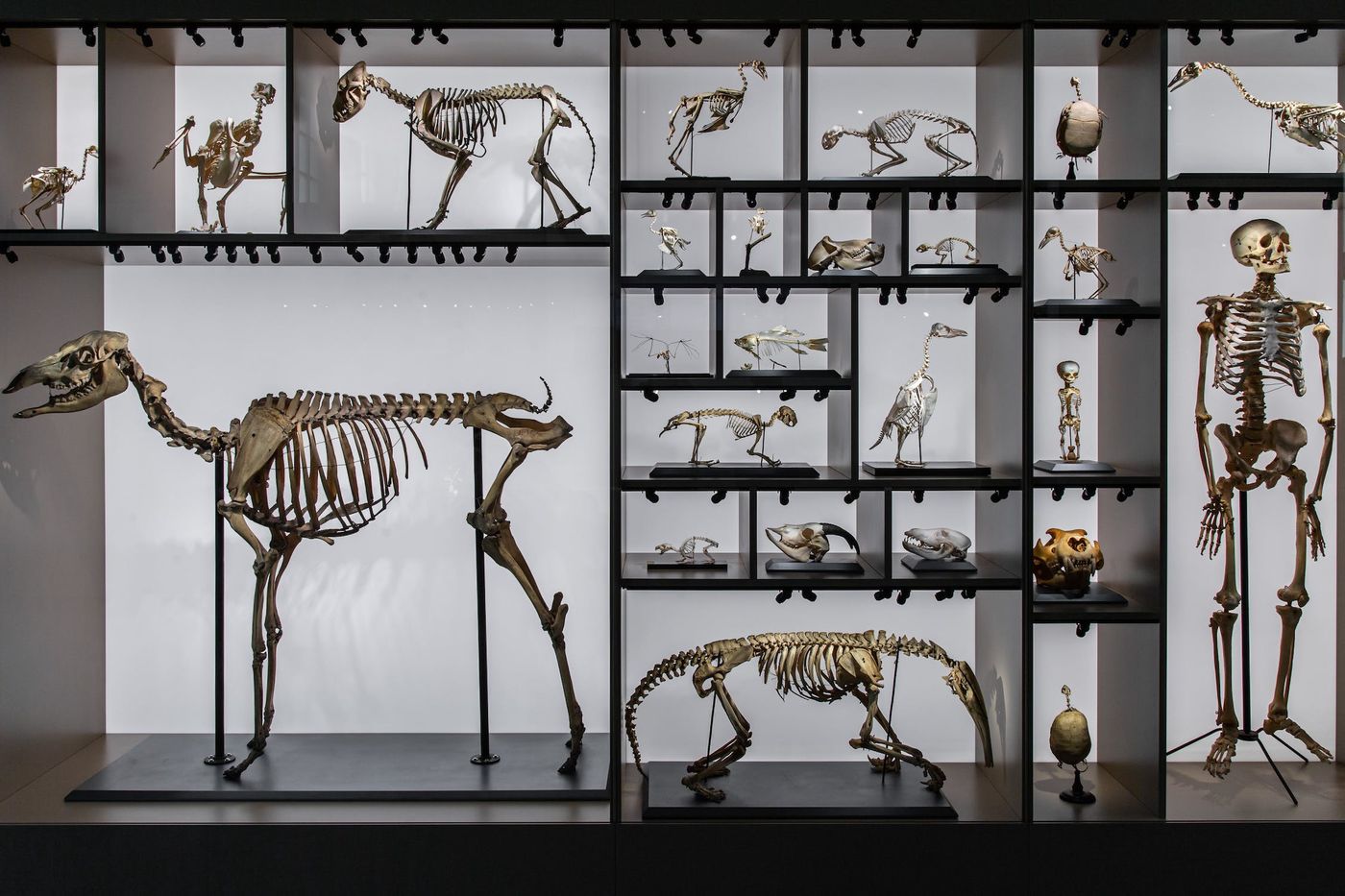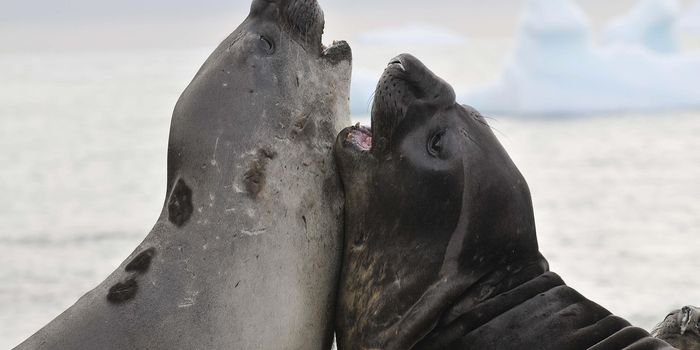What happened to the Neandertals?
The Neandertals have had a big month with new discoveries that are helping us understand their carnivorous diets and their social structure, but one of the biggest questions about the species remains unanswered: why did they go extinct?
We know that humans (Homo sapiens) and Neandertals (Homo neandertalensis) interbred, since Neandertal DNA appears in the human genome (which we know because the Neandertal genome was sequenced, and the geneticist responsible for leading that project was awarded the Nobel Prize in Physiology or Medicine in October, 2022). While there were likely sporadic instances of interbreeding, the evidence suggests that the two species diverged from each other around 600,000 years ago and evolved to adapt to markedly different climates. Fossil evidence suggests that Neandertals lived throughout Europe and Asia, living in cool climates. Modern humans, on the other hand, evolved in Africa.
Evidence from the Neandertal genome suggests that 600 genes were expressed differently between them and modern humans, and many of those genes code for the face and voice. We, of course, can’t know exactly what the encounters between the two species looked like but, based on observing chimpanzees, there’s evidence for both friendly and violent courtships. Research to date, however, has shown that the success of interbreeding likely depends on the specific couple.
There’s a lack of mitochondrial DNA in the Neandertal genome, which is inherited through females and therefore suggests that most of the interactions were probably between male Neandertals and female humans. The environment in which they live meant that there were already small, scattered groups of Neandertals and a new study led by Chris Stringer from the Natural History Museum London suggests that the interbreeding (as opposed to violence) between humans and Neandertals is the cause for their extinction. In the paper, Stringer and co-author Lucile Crete posit that maybe interbreeding with humans would have reduced the number of Neandertals breeding with each other, eventually leading to their extinction.
This theory may be tested as more fossil Neandertals are discovered and therefore more genomes are sequenced. This could also illuminate whether nuclear DNA from humans was passed onto Neandertals, helping us better understand how humans and Neandertals interbred and whether this ultimately caused their extinction.
Sources: Labroots 1, Labroots 2, National History Museum of London, PaleoAnthropology, Science, New York Times









